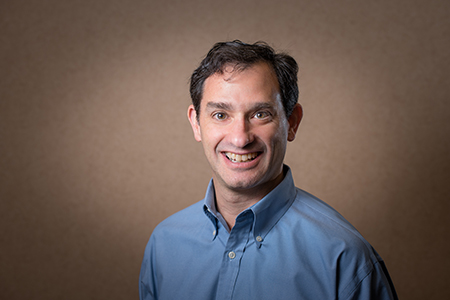 David Schwebel, Ph.D.Recent research by the University of Alabama at Birmingham showing the relationship between children’s fear and their decisions in pedestrian traffic situations has been selected for inclusion in the Elsevier Research Selection, an e-newsletter for science journalists and reporters.
David Schwebel, Ph.D.Recent research by the University of Alabama at Birmingham showing the relationship between children’s fear and their decisions in pedestrian traffic situations has been selected for inclusion in the Elsevier Research Selection, an e-newsletter for science journalists and reporters.
The research was conducted in partnership with researchers from Nantong University in Nantong, China.
David Schwebel, Ph.D., associate dean in the UAB College of Arts and Sciences, and Casie Morgan, Ph.D., a student in the UAB Department of Psychology’s medical/clinical psychology program, worked alongside Huarong Wang, a former UAB international visiting scholar, and two of her colleagues to conduct a research study of 150 children ranging in age from 6-12 years old.
Using a table-top road model, participants made pedestrian decisions about when to cross the street by manipulating dolls around modeled traffic and traffic lights. Researchers assessed the perceived fear of the children during the traffic scenarios and found that children who were more fearful made safer pedestrian decisions in the dangerous scenes when traffic was moving quickly.
Researchers also found that, in less risky traffic situations, children’s fear could cause them to make more mistakes, such as not crossing the street when it was safe to do so.
“It seems that some amount of fear is healthy for children,” Schwebel said. “Crossing the street can be a bit scary for children, and a modest amount of fear helps them make safe decisions. However, too much fear can backfire, causing children to hesitate when traffic is light, and actually increase their risk.”
Schwebel adds it was especially nice to publish these findings with Wang.
“Many of these ideas were developed during her yearlong visit to my laboratory at UAB as a visiting scholar, and she was able to collect fascinating data back at her home university in China, extending our collaborative effort to understand the psychological process of children learning to cross streets safely,” he said.
To help children understand best practices, parents can introduce activities that establish realistic fear of traffic risks into broader safety lessons of pedestrian safety.
